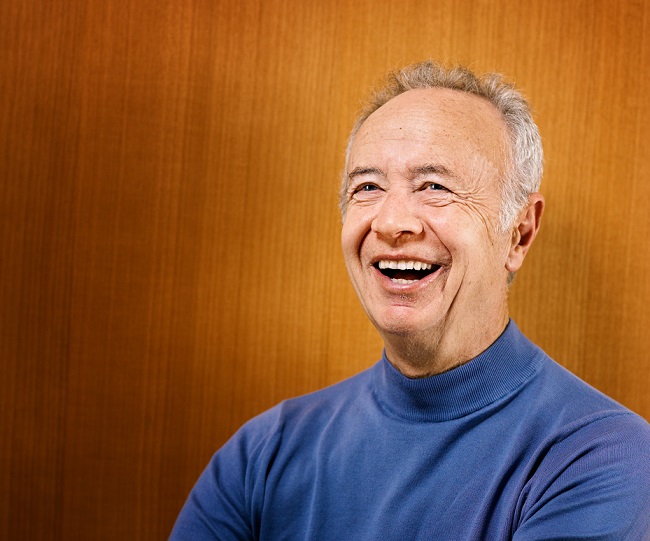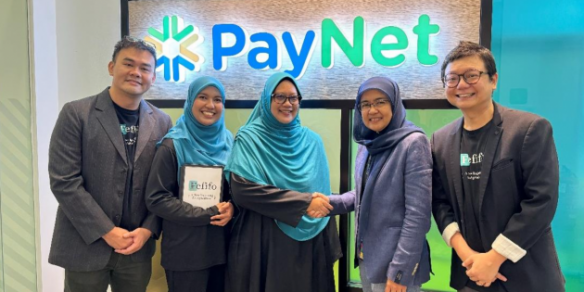Intel’s Andy Grove passes away
By Digital News Asia March 22, 2016
- Was microprocessor giant’s first hire when Moore and Noyce set up Intel
- Among the first to recognise Penang’s potential, and got Intel to set up ops there

INTEL Corp announced that the company’s former chief executive officer (CEO) and chairman Andrew S. Grove (pic above) passed away March 21 at the age of 79.
Present at Intel’s 1968 founding with Robert Noyce and Gordon Moore, Grove became Intel’s president in 1979 and CEO in 1987. He served as chairman of the board from 1997 to 2005.
Both during his time at Intel and in retirement, Grove was one of the most influential figures in technology and business, writing best-selling books and widely cited articles, and speaking out on an array of prominent public issues, Intel noted.
“We are deeply saddened by the passing of former Intel chairman and CEO Andy Grove,” current CEO Brian Krzanich said in a statement.
“Andy made the impossible happen, time and again, and inspired generations of technologists, entrepreneurs, and business leaders,” he added.
Grove was no stranger to Malaysia. In the early 1970s, the Malaysian Government, in a bid to move the nation’s economy from an agricultural to an industrialised base, was looking for foreign companies to set up operations in the newly-announced Free Trade Zone in Bayan Lepas, in the northern Malaysian state of Penang.
 Grove was among those who came to explore this opportunity. He was convinced enough to set up Intel’s first offshore facility in Penang, on the site of a muddy paddy field (pic, Grove is second from left).
Grove was among those who came to explore this opportunity. He was convinced enough to set up Intel’s first offshore facility in Penang, on the site of a muddy paddy field (pic, Grove is second from left).
The company invested US$1.6 million to start its first offshore assembly plant, with 100 employees. Intel celebrated its 40th anniversary in Malaysia in 2012.
Born András Gróf in Budapest, Hungary, Grove immigrated to the United States in 1956-7 having survived Nazi occupation and escaped Soviet repression, Intel said in its statement.
He studied chemical engineering at the City College of New York, completing his PhD at the University of California at Berkeley in 1963. After graduation, he was hired by Gordon Moore at Fairchild Semiconductor as a researcher and rose to assistant head of R&D (research and development) under Moore.
When Noyce and Moore left Fairchild to found Intel in 1968, Grove was their first hire.
Grove played a critical role in the decision to move Intel’s focus from memory chips to microprocessors and led the firm’s transformation into a widely recognised consumer brand.
Grove was both an astute engineer and a careful student of business management. His books High Output Management (1983) and Only the Paranoid Survive (1999) remain some of the most highly regarded management books.
Diagnosed with prostate cancer, he authored a 1996 cover story in Fortune that explained his decision to undergo an unconventional, but ultimately successful treatment.
He contributed to Parkinson’s research and urged the medical community to more efficiently study the disease, from which he suffered. He provided US$26 million to the City College of New York to help establish the Grove School of Engineering, and made countless generous gifts to a wide variety of charitable causes.
Grove and his wife, Eva, were married for 58 years and had two daughters and eight grandchildren.
Related Stories:
Malaysia’s edge is in quality workforce … and English: Intel
Intel opens new facility in Penang, largest outside US to use new office design
Intel unveils innovations from its Malaysian and Singaporean ops
For more technology news and the latest updates, follow us on Twitter, LinkedIn or Like us on Facebook.


